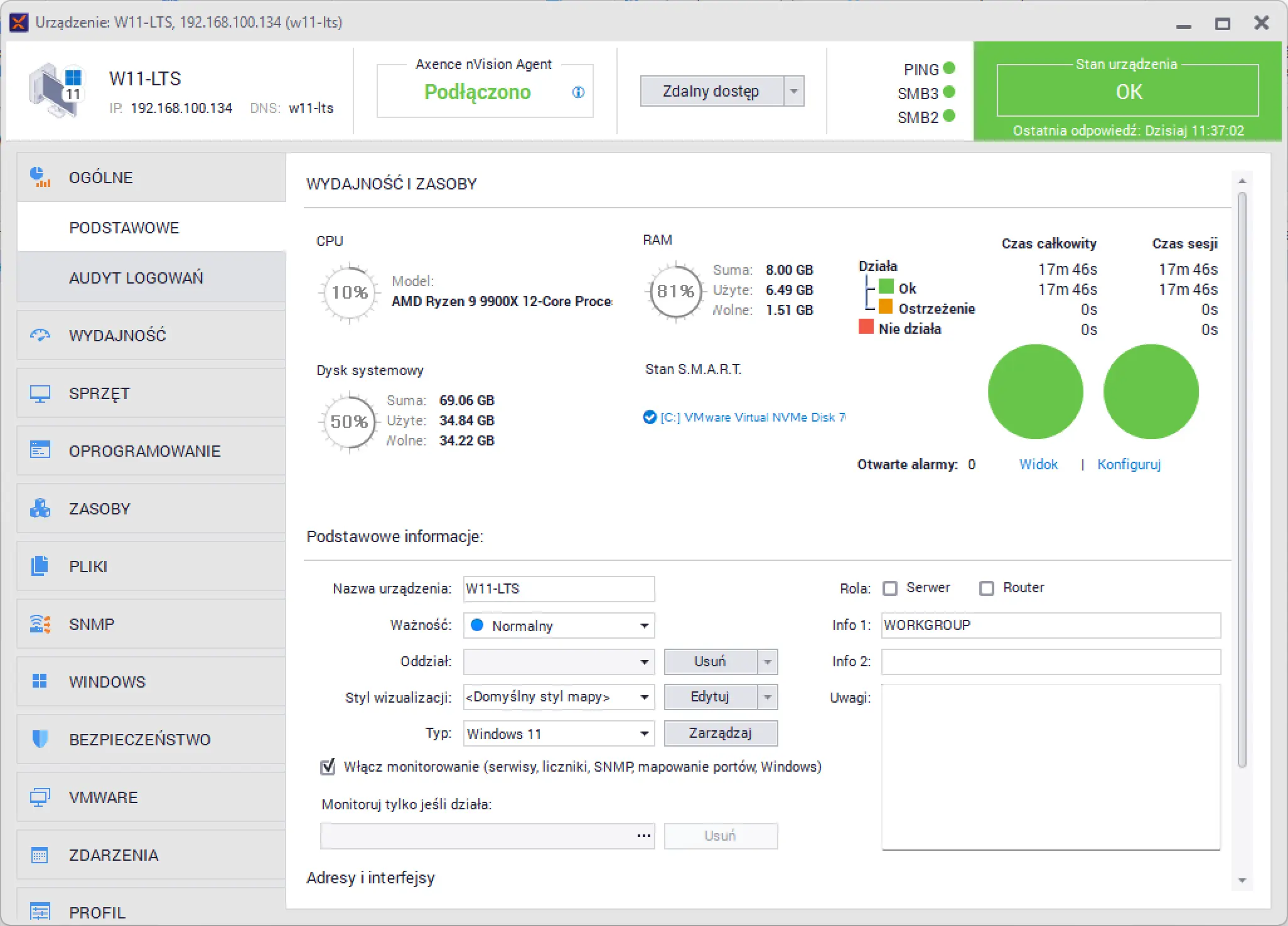Python’s Role in OSINT
Python is highly valued in the OSINT community for its ability to automate repetitive tasks and process large datasets quickly. Its use ranges from scraping data from websites, manipulating files, to generating automated reports. The language’s elegance, flexibility, and vast library of modules make it a top choice for security specialists and OSINT practitioners.
Key Python Libraries for OSINT
Pandas: A library providing high-performance, easy-to-use data structures, and data analysis tools. Pandas is essential for data manipulation and analysis, particularly useful in handling large datasets, performing complex data aggregation, and serving as a powerful tool for data munging in OSINT.
NumPy: Known for its array-processing capabilities, NumPy is vital for numerical computations. It offers support for large, multi-dimensional arrays and matrices, along with a collection of high-level mathematical functions to operate on these arrays, which can be particularly useful in data analysis and processing tasks in OSINT.
Matplotlib: A plotting library for creating static, animated, and interactive visualizations in Python. Matplotlib is incredibly useful in OSINT for data visualization, allowing practitioners to create graphs, charts, and figures for better understanding and presenting data.
Selenium: This tool is used for automating web browsers. In the context of OSINT, Selenium can be used to automate tasks such as scraping web pages for data collection, testing web applications, and automating repetitive web-based tasks.
BeautifulSoup: A library designed for web scraping purposes. It allows easy extraction of data from HTML and XML files, making it an invaluable tool for OSINT professionals who need to gather information from web pages.
Requests: A simple, yet powerful, HTTP library. Requests allow you to send HTTP/1.1 requests, without the need for manual labor. In OSINT, this library is critical for making HTTP requests to web servers, which is a common task in data collection and web scraping.
These libraries collectively enhance Python’s utility in the field of OSINT by providing powerful tools for data collection, processing, analysis, and visualization.
Python’s Accessibility and Learning Resources
Python is accessible even to those without a computer science background. The language is enjoyable to learn and offers a range of resources for beginners. Free courses and dedicated Python for OSINT courses are available online, making it easier for newcomers to start their Python journey. Where you can start to lear for free?
- freeCodeCamp Python Courses: These courses cover Python programming basics, data structures, web development, machine learning, and more. They include practical projects like a basic calculator, a translator app, and a guessing game, offering a comprehensive learning experience.
- LearnPython.org: This interactive tutorial, supported by DataCamp, offers free introductory lessons in Python. It covers various aspects like data types, operators, data structures, control flow, and functions. The tutorials are designed for both beginners and experienced programmers.
- Microsoft Learn – Python for Beginners: This course offers a learning path with modules that include writing your first program in Python, exploring packages, and learning Python basics like Boolean types, strings, mathematical operations, lists, loops, dictionaries, functions, and error checking.
- Udacity – Introduction to Python Programming: A beginner-level course that covers Python programming basics, including data types, operators, data structures, control flow, functions, scripting, and some advanced topics. It’s a comprehensive course for those who are new to Python.
- Studytonight Python Courses: These courses offer learning on Python basics, error handling, object-oriented programming (OOP), file handling, and complex data types. They also cover NumPy, Matplotlib, Tkinter, network programming in Python, and web scraping using Beautiful Soup.
- Automate the Boring Stuff with Python: This popular online book and corresponding YouTube series teach practical Python skills for automating mundane tasks. It covers topics like dictionaries, strings, debugging, and regular expressions.
These courses provide a variety of approaches to learning Python, from interactive lessons and video tutorials to practical projects and specialized topics. They are suitable for beginners and offer pathways to more advanced studies in Python.
There are also a lot of osint community Python courses. In our opinion one of the best is from https://twitter.com/cyb_detective. The GitHub repository “Python for OSINT: A 21-day Course for Beginners” is an excellent resource for beginners in both Python and OSINT. This course is designed to provide a comprehensive introduction to Python, specifically tailored for OSINT applications. The course is structured over 21 days, with sample code files for each day. This structured approach helps beginners progressively build their Python skills with a focus on OSINT.
Community and Further Learning
Python’s significance in the OSINT community is not just limited to its tools and libraries; it also extends to the vibrant community that shares resources and projects. One notable example is the MAIGRET project, available on GitHub at MAIGRET by soxoj. This project exemplifies how Python can be used to create sophisticated OSINT tools.

MAIGRET: This is a Python-based tool designed to collect a dossier on a person by username only, scouring a vast array of social networks and other online platforms. It’s an excellent demonstration of Python’s capability in automating and streamlining OSINT processes. The tool leverages various Python libraries to scrape web data, analyze social media, and compile comprehensive reports about individuals based on their digital footprint.
The MAIGRET project serves as an inspirational model for those looking to learn Python for OSINT purposes. By examining this project, beginners can gain insights into practical application, understand how different Python libraries are integrated, and appreciate the depth of analysis possible with Python in OSINT. It also underscores the collaborative nature of the OSINT community, highlighting how shared knowledge and resources can lead to the development of powerful tools for information gathering and analysis.



















